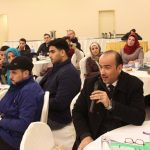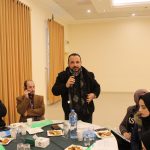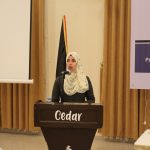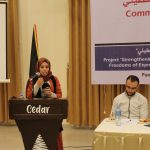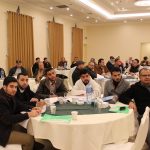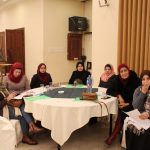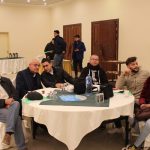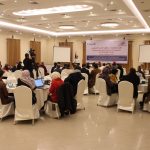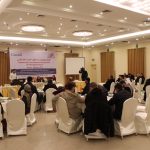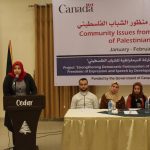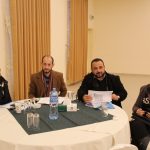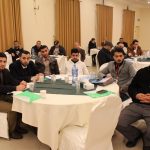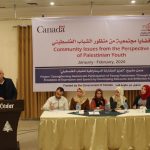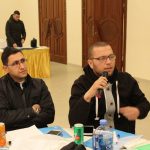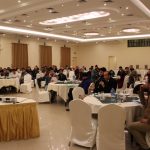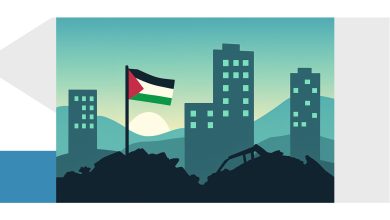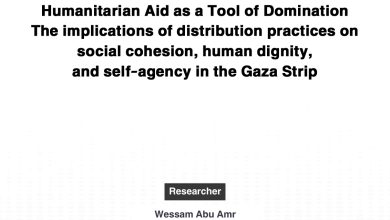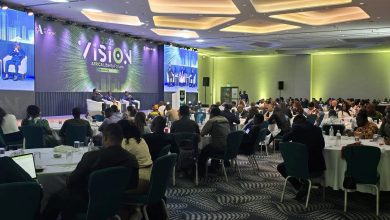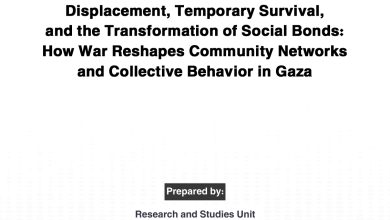Community Issues from the Perspective of Palestinian Youth
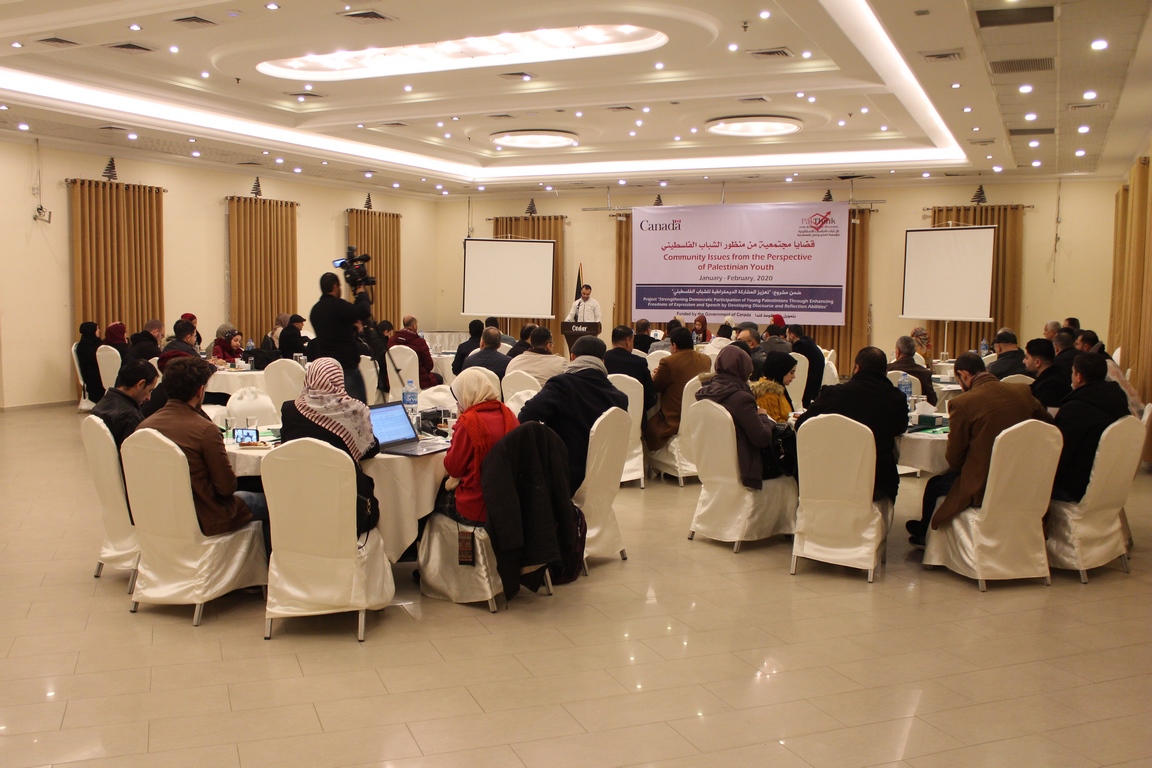
Pal-Think for Strategic Studies has organized the first of a series of round table discussion sessions titled “Community Issues from the Perspective of Palestinian Youth” within the “Strengthening Democratic Participation of Young Palestinians” project funded by the Government of Canada. During this session, 4 of the young researchers presented three papers to an audience of academics, researchers, and stakeholders.
Omar Shaban, Pal-Think’s director, greeted the attendees and opened the discussion stating that the youth are a majority of the Palestinian society, yet they are not given the opportunity to express their views, and are often invited to events as spectators. He also recollected Pal-Think continuous efforts to provide a platform for youth to speak about different issues from their perspective. He added that localizing research will contribute to filling the research gap created by the weakness of the Palestinian universities in the field of research, and that through this and two other programs, Pal-Think seeks to support the capacity of the youth to reach such level.
Ahmed Al-Sammak, one of the trainees, presented his paper titled “Palestinian Youth in Digital and Conventional Media” discussing the development of the two categories of media, their correlation, advantages and disadvantages. His paper claims that digital media in Palestine is factional by majority, since most of the media outlets in Palestine are affiliated with one of the two major parties at conflict. Then he presented his paper’s findings and recommendations which included: creating interactive pages in foreign languages to educate people about the Palestinian cause.
As for the second paper titled “Enhancing Dialogue of Nonviolence for the Palestinian Youth”, Taghreed Najm and Heba Abubakra discussed a crisis of dialogue the Palestinian youth suffers, mainly caused by the Palestinian internal division. They stressed the importance of utilizing the civil society and educational institutes in instilling a culture of debate and dialogue, as well as mobilizing social media for conflict resolution among the youth.
Finally, Mona Almosaddar presented her paper on “Child Labor in the Gaza Strip”, where she discussed the economic state of the Gaza Strip, and the history of Child Labor, as well as the conditions surrounding the phenomenon. She also recommended governmental efforts to alleviate poverty and emphasize the rule of law on this front.
During the project, 20 trainees received 10 days of intensive training in intellectual writing, freedom of expression, and presentation skills. Then presented 10 different papers in issues of concern to the youth both in print and aired on Alwan Radio. This session was the first in three sessions presenting the papers to the public and research community in Gaza. Pal-Think will remain committed to empowering the Palestinian youth to an ultimate goal of enabling them to serve their community’s sustainable development and the establishment of their country.

